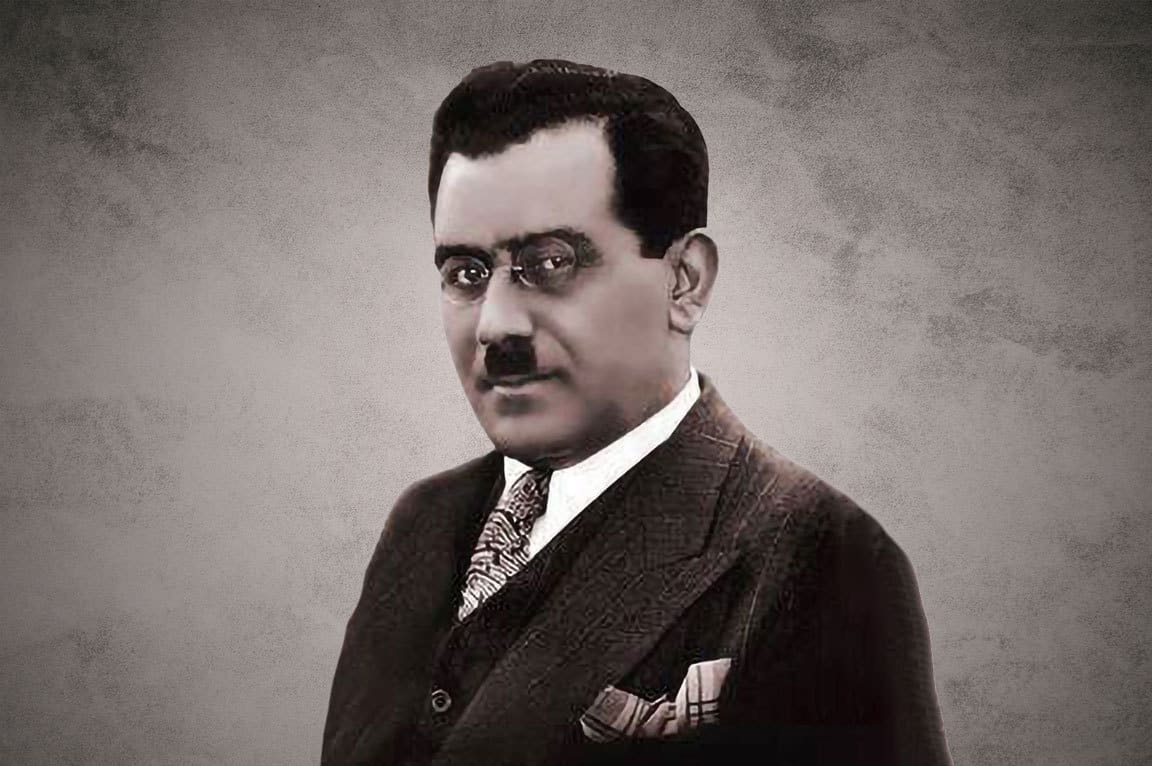“The spokesperson for the Egyptian Embassy in Washington, DC reported today that Ms. Samira Moussa; an Egyptian student who has recently completed her studies at the American Oakridge University in Tennessee, has been killed in a car accident.” —Al-Misri newspaper, 19 August 1952.
That was the short statement published on the last page of Al-Misri Newspaper announcing the tragic death of Egyptian nuclear scientist; Dr. Samira Moussa, at the young age of 35, and with it announcing the death of a dream.
A Promising Journey
Samira Moussa was born in 1917 in an Egyptian village, at a time when prevalent traditions did not favor women's education. Her father; Hajj Moussa Ali, was her first hero who supported her against all odds, he moved with his family to Cairo to provide his children a better education.
Throughout her school years, Samira showed exceptional excellence, becoming the first female student to top the country’s secondary school certificate examination in 1935. She joined the Faculty of Sciences, Cairo University and she obtained a BSc in radiology with First Class Honors after researching the effects of X-ray radiation on various materials.
Her enthusiasm and intelligence claimed the attention of her professor, Dr. Ali Musharafa, the first Egyptian Dean of the Faculty who became her second supporter. She obtained a Master’s degree, and was appointed lecturer at the Faculty owing to Musharafa's efforts. At that time it was very difficult for Egyptians to hold any faculty positions in the British dominated university.

Samira, who did her thesis on gas thermal convection, was sent by the Faculty to Britain to further her studies in nuclear radiation. She later obtained her PhD in radiology and the effect of X-ray radiation on various materials. Having completed her thesis within two years, she spent a third doing extensive research, which was when she came about her greatest innovation.
She discovered an extremely valuable formula that allows the fragmentation of the atoms of cheap metals; such as copper, paving the way for the production of a cheap nuclear bomb from materials accessible to all nations. The possession of such nuclear technology would have empowered Arab nations immensely; unfortunately, her research was never documented in Egypt.
In her attempt to give the Arab World leverage in the wake of the American bombing of Hiroshima and Nagasaki, in 1948, Samira founded the Atomic Energy Commission and sent students abroad to specialize in nuclear science. She also organized the Atomic Energy for Peace conference hosted by the Faculty of Sciences.
In 1951, she received a scholarship from the Fulbright Atomic Program for Research at Saint Louis University in Missouri. In recognition of her pioneering nuclear research, she was given access to secret US atomic facilities. This raised vehement debate in the United States Academic and Scientific circles since Samira was the first "alien" to have access to such facilities.
During her stay in the US, she received several offers to remain but she refused and decided to return to Egypt. In her last letter to her father she wrote: “I have been able to visit nuclear plants in America, and when I come back to Egypt, I will be of great service to my country and will be able to serve the cause of peace.”

A Fateful Ending
As fate would have it, she was never allowed to return to Egypt as she planned. A few days before she intended to return, she was invited to visit a nuclear plant in California and a car was sent for her. On the way across a high cliff road, another car suddenly appeared and pushed her car off the cliff; Samira died soon after on 5 August 1952. The driver, who managed to escape, was never found. Investigations revealed that the plant she was going to visit never actually invited her. The mysterious death and the sudden closure of her case led many to believe that it was not accidental.
Samira wished was to make the world a better place and she believed in the nuclear power for peace advocacy. For a woman who had accomplished so much by the time she was 35, we hereby pay humble tribute to Samira Moussa; an outstanding woman and scientist who could have become the first Egyptian Nobel Laureate, had she lived long enough to receive that superior recognition.

**The original article is published in the PSC Newsletter, Chemistry: Our Life (Spring 2011) issue.
References
factofarabs.net
en.wikipedia.org